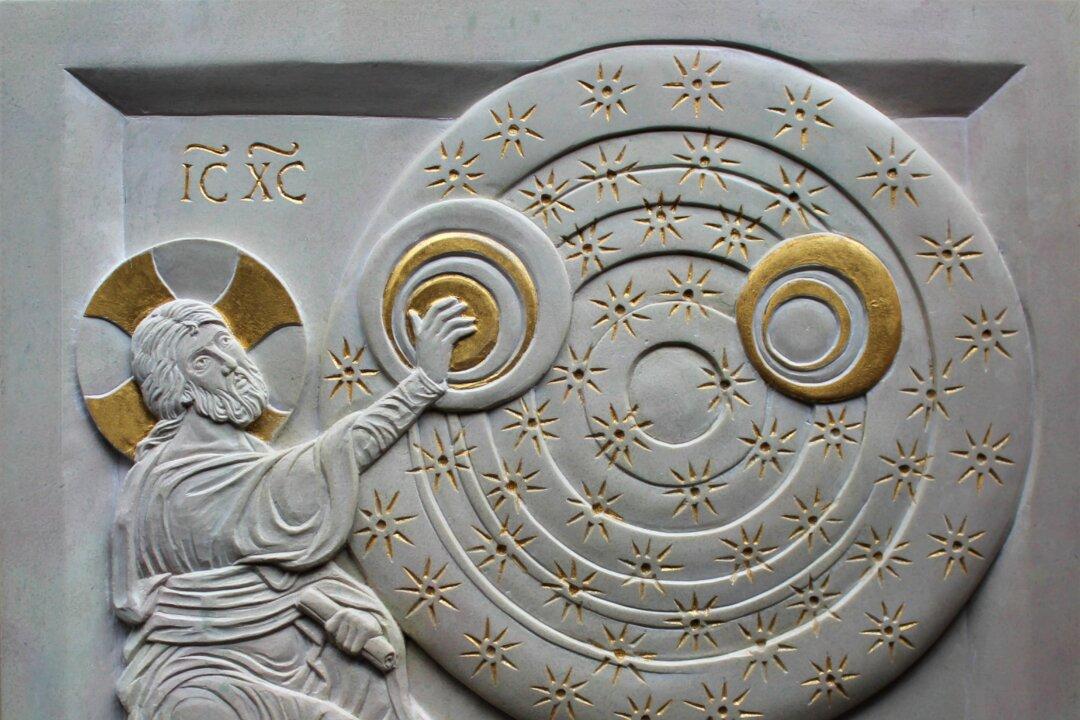Canadian icon carver Jonathan Pageau is bringing symbolism back to life. His brilliant icon carvings hark back to a bygone world that seems relevant only to Christians, yet the icon represents the pinnacle of a symbolic world we’re all immersed in.
Pageau sees symbolism as an antidote to the nihilism that pervades our world.






